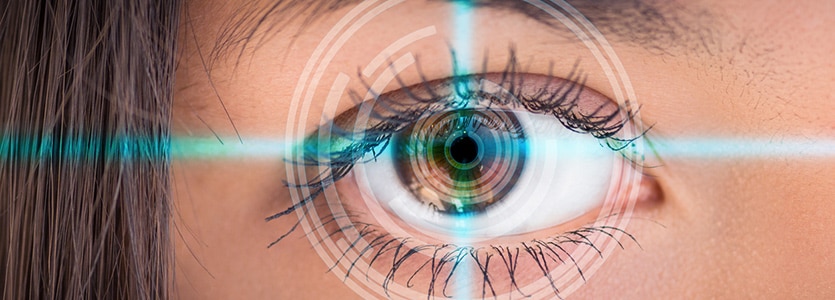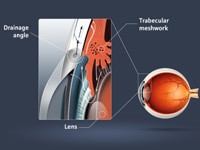Glaucoma Laser Surgery & Treatment for Eye Pressure

Do you know Glaucoma is one the prominent cause of visual impairment and blindness in the United States? This problem can affect people of every walk, many of them are those who haven’t experience any symptom of this problem and even not aware of this type of disease. In fact, Glaucoma refers to the group of eye diseases which damage optic nerve as a result of enhances stress within eyes. Besides, it can cause several injuries, eye infection, inflammatory eye condition, blocked blood vessels.

Several patients don’t experience any early symptom of Glaucoma in an initial stage like vision loss and pain which enhance their trouble as they are not aware of the fact that they are suffering from the disease. However later with the time, when Glaucoma progresses they start experienced lots of problems like loss of side vision or peripheral, along with a serious headache, blurred vision, eye pain appearance of halos around lights.
Diagnosing Glaucoma
While some patients may experience symptoms from glaucoma as the disease progresses, others do not learn they have the condition until they undergo a routine eye exam. There are several different exams performed to diagnose glaucoma, including a visual field and visual acuity test. These tests measure peripheral vision and how well patients can see at various distances. Other tests may also be performed, such as tonometry to measure the pressure inside the eye and pachymetry to measure the thickness of the cornea.
Laser Glaucoma Surgery & Treatment
Glaucoma Laser Treatment
Once glaucoma has been diagnosed, treatment should begin as soon as possible to help minimize the risk of permanent vision loss. There is no cure for glaucoma, so treatment focuses on relieving symptoms and preventing further damage from occurring. Most cases of glaucoma can be treated with eye drops, Laser surgery for eye pressure or microsurgery. The best treatment for your individual case depends on the type and severity of the disease, and can be discussed with your doctor.
Eye drops are used to reduce fluid production in the front of the eye or to help drain excess fluid, but can lead to redness, stinging, irritation or blurry vision. Patients should tell their doctor about any allergies they have to minimize the risk of side effects.
Glaucoma laser surgery or treatment aims to increase the outflow of fluid from the eye or eliminate fluid blockages through laser trabeculoplasty, iridotomy or cyclophotocoagulation
Selective Laser Trabeculoplasty (SLT) is the most common laser treatment for glaucoma , and is most effective for patients unable to keep up with a daily eye drop treatment because of its cost, inconvenience or side effects. SLT controls glaucoma symptoms for up to 5 years with no need for additional medication, and relieves symptoms by promoting the body’s natural healing response.
Laser Treatment for Glaucoma
Some cases of glaucoma can be treated with medications. For others, Laser Glaucoma Surgery or traditional surgery is required to lower eye pressure. Common surgeries include:
- Laser Peripheral Iridotomy (LPI) – For patients with narrow-angle glaucoma. A small hole is made in the iris to increase the angle between the iris and cornea and encourage fluid drainage.
- Argon Laser Trabeculoplasty (ALT) and Selective Laser Trabeculoplasty (SLT) – For patients with primary open angle glaucoma (POAG). The trabecular passages are opened to increase fluid drainage. ALT is effective in about 75% of patients, and SLT may be repeated.
- Nd: YAG Laser Cyclophotocoagulation (YAG CP) – For patients with severe glaucoma damage who have not been helped with other surgeries. The ciliary body that produces intraocular fluid is destroyed.
- Filtering Microsurgery (Trabeculectomy) – For patients who have not been helped with laser eye surgery or medications. A new drainage passage is created by cutting a small hole in the sclera (the white part of the eye) and creating a collection pouch between the sclera and conjunctiva (the outer covering of the eye).
- Tube Shunt Surgery – May be recommended for patients with neovascular glaucoma, failed trabeculectomy, or susceptibility to developing scar tissue. A thin, flexible tube (a shunt) with a silicone pouch is inserted in the eye to facilitate drainage.
Dr. Marcelin will determine which type of treatment is best for you after a thorough evaluation of your individual condition.

